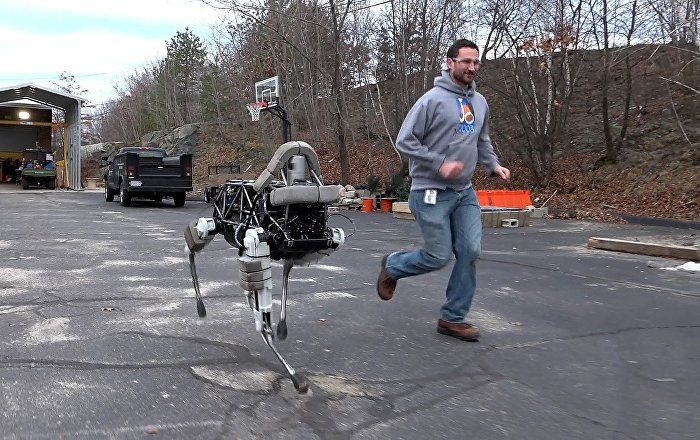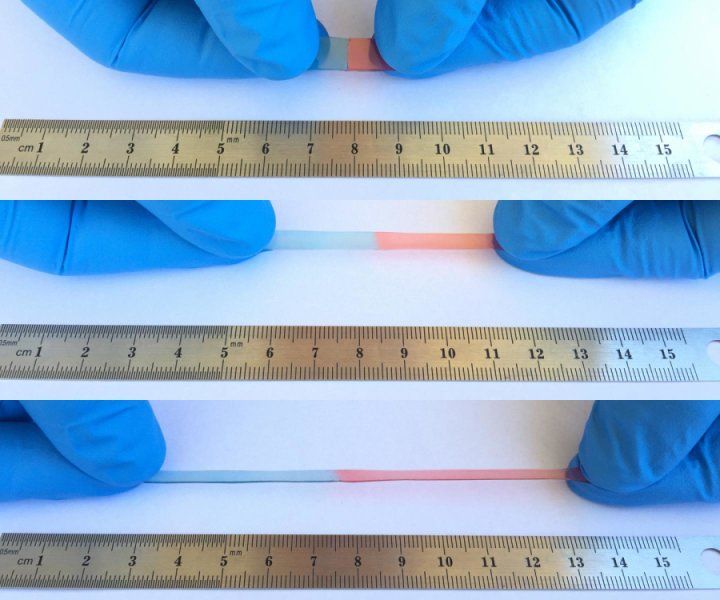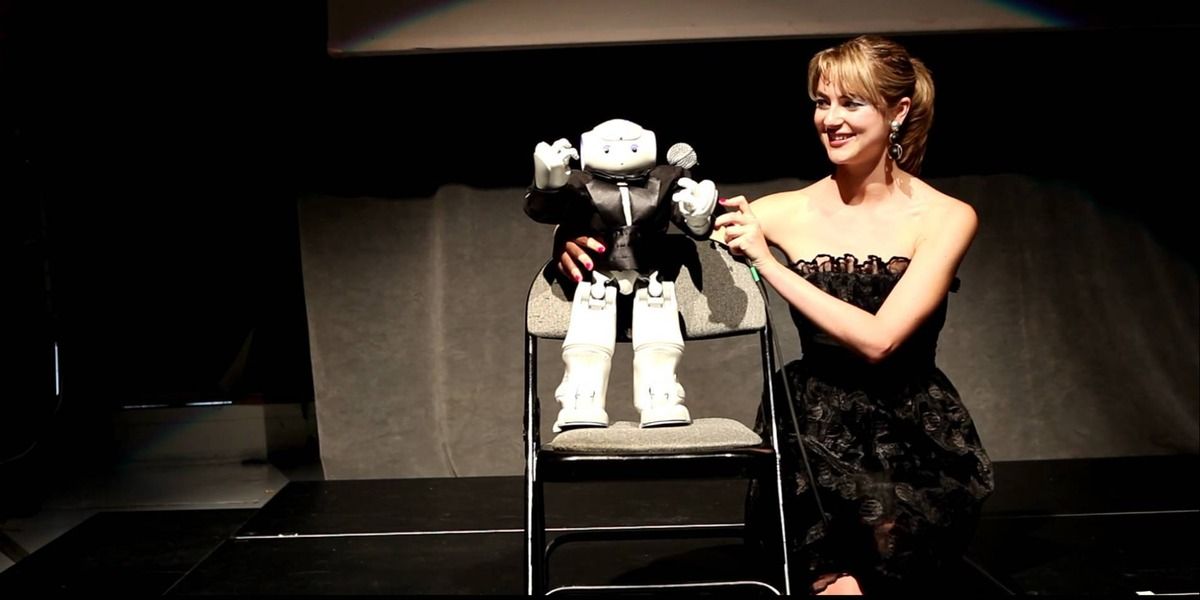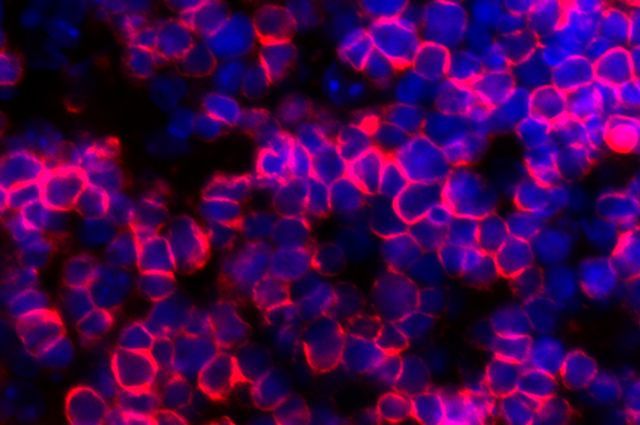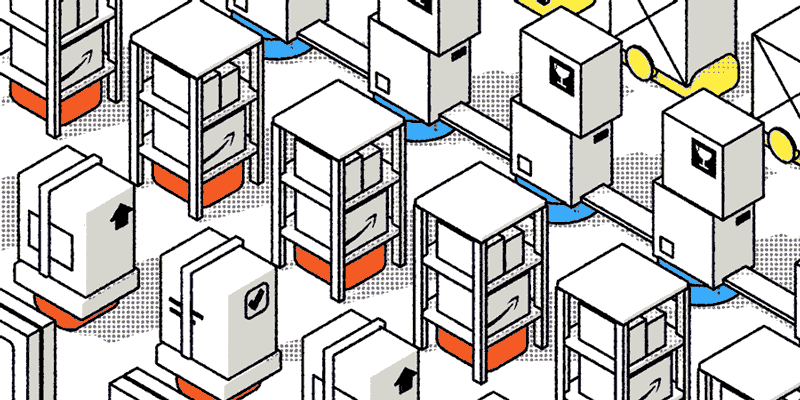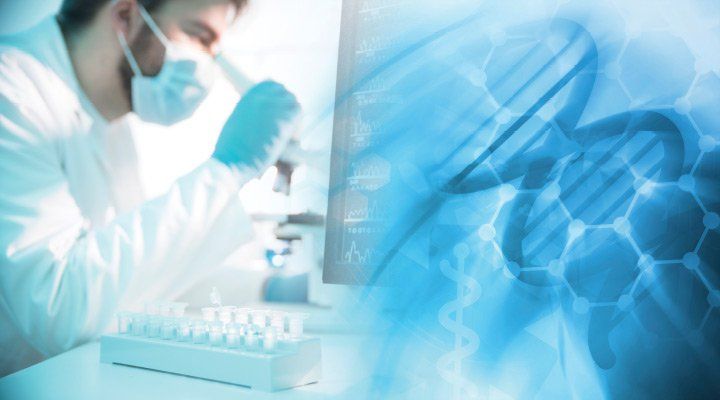Page 10113
Apr 5, 2017
See Spot Run, Again: Marines Resume Testing on Quadruped Robot
Posted by Dan Kummer in categories: military, robotics/AI
Big Dog marches again.
The US Marine Corps is preparing to resume testing on its four-legged robot, “Spot.”
A project of the Corps’ Warfighting Lab, the dog-sized device is slated to re-enter developmental testing in the fall.
Continue reading “See Spot Run, Again: Marines Resume Testing on Quadruped Robot” »
Apr 5, 2017
Dwarf planet Ceres and the case of the vanishing ice volcanoes
Posted by Dan Kummer in category: space
The solitary mountain on the dwarf planet Ceres may be slowly disappearing, following in the footsteps of earlier peaks.
New research suggests that the outer layer of the icy world may be slowly shifting over time, allowing the peak to gradually stretch out and sink into the crust. Similar mountains may have peppered the planet in the past and flattened out over time.
“It’s sort of like if you spill some syrup or honey on a plate and you watch it spread out over time, not instantaneously like water does but a little more slowly, it eventually gets to a flatter, broader shape; it’s the same process,” Michael Sori, a planetary scientist at the University of Arizona, told Space.com. [NASA Probe Snaps Stunning New Pics of Dwarf Planet Ceres].
Continue reading “Dwarf planet Ceres and the case of the vanishing ice volcanoes” »
Apr 5, 2017
Materials may lead to self-healing smartphones
Posted by Shane Hinshaw in categories: mobile phones, robotics/AI
Taking a cue from the Marvel Universe, researchers report that they have developed a self-healing polymeric material with an eye toward electronics and soft robotics that can repair themselves. The material is stretchable and transparent, conducts ions to generate current and could one day help your broken smartphone go back together again.
The researchers will present their work today at the 253rd National Meeting & Exposition of the American Chemical Society (ACS).
“When I was young, my idol was Wolverine from the X-Men,” Chao Wang, Ph.D., says. “He could save the world, but only because he could heal himself. A self-healing material, when carved into two parts, can go back together like nothing has happened, just like our human skin. I’ve been researching making a self-healing lithium ion battery, so when you drop your cell phone, it could fix itself and last much longer.”
Continue reading “Materials may lead to self-healing smartphones” »
Apr 5, 2017
Read a Neural Network A.I.’s Bizarre Take on the Knock Knock Joke
Posted by Shane Hinshaw in categories: humor, robotics/AI
A new basement-scale neural network study has taught an A.I. how to cobble together knock-knock jokes. Just don’t expect them to become classics.
Apr 5, 2017
Parks of the Future May Include Elevated Walkways Through Trees
Posted by Shane Hinshaw in category: futurism
ArchitectureParks of the Future May Include Elevated Walkways Through Trees With their bold design, one New York–based architecture firm is pushing the boundaries of how public parks should be created.
Apr 5, 2017
Artificial thymus can produce cancer-fighting T cells from blood stem cells
Posted by Steve Hill in categories: biotech/medical, life extension
The first step in producing an artificial thymus which has potential for cancer age related immune decline.
UCLA researchers have created a new system to produce human T cells, the white blood cells that fight against disease-causing intruders in the body. The system could be utilized to engineer T cells to find and attack cancer cells, which means it could be an important step toward generating a readily available supply of T cells for treating many different types of cancer.
The preclinical study, published in the journal Nature Methods, was led by senior authors Dr. Gay Crooks, a professor of pathology and laboratory medicine and of pediatrics and co-director of the Eli and Edythe Broad Center of Regenerative Medicine and Stem Cell Research at UCLA, and Amelie Montel-Hagen, an associate project scientist in Crooks’ lab.
Continue reading “Artificial thymus can produce cancer-fighting T cells from blood stem cells” »
Apr 5, 2017
Age-Reversal Research at Harvard Medical School
Posted by Montie Adkins in categories: bioengineering, biotech/medical, life extension
Interview with George Church.
Harvard researcher Dr. George Church has developed an innovative gene editing technology called CRISPR/Cas9 that could transform senescent cells. He predicts this technology may reverse aging in humans. Life Extension Foundation® assisted by providing Dr. Church with gene sequencing data from its super-centenarian project.
Apr 5, 2017
Ray Kurzweil responds to fears
Posted by Montie Adkins in categories: Ray Kurzweil, robotics/AI, singularity
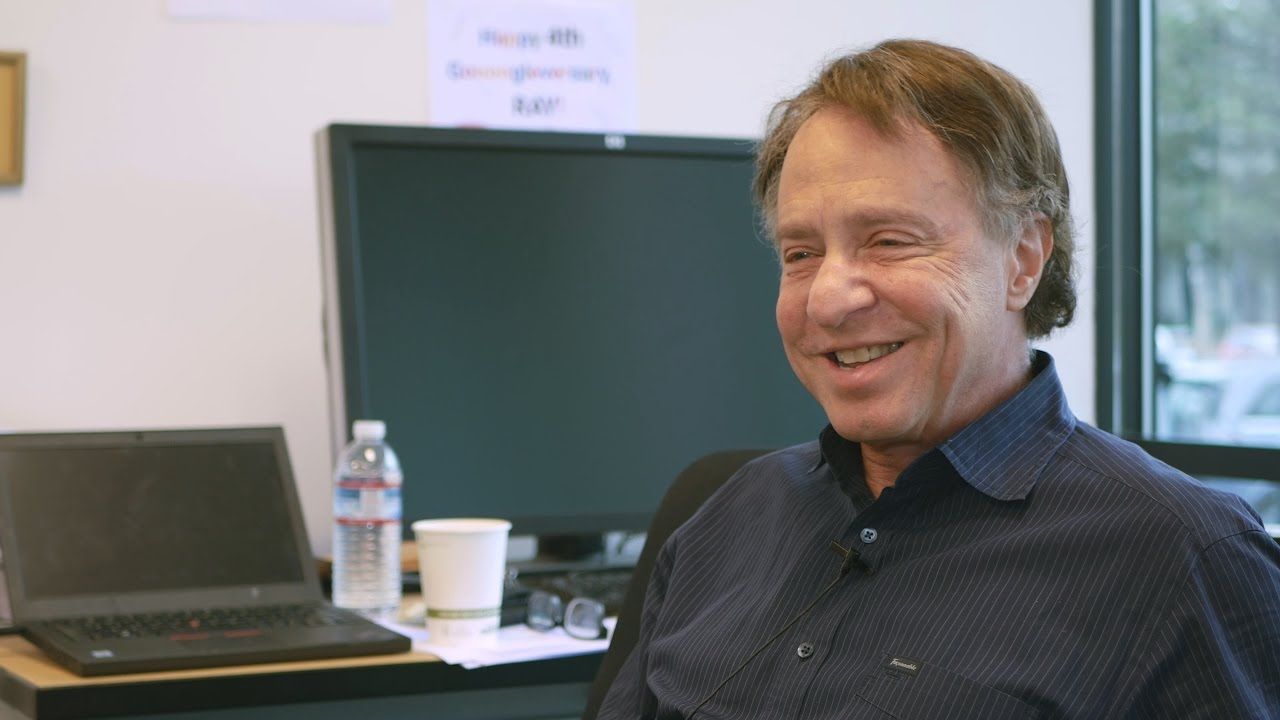
Ray is not worried about A.I. though he does not dismiss the dangers.
James Bedsol interviewed Ray Kurzweil, one of the world’s leading minds on artificial intelligence, technology and futurism, in his Google office in Mountain View, CA, February 15, 2017.

